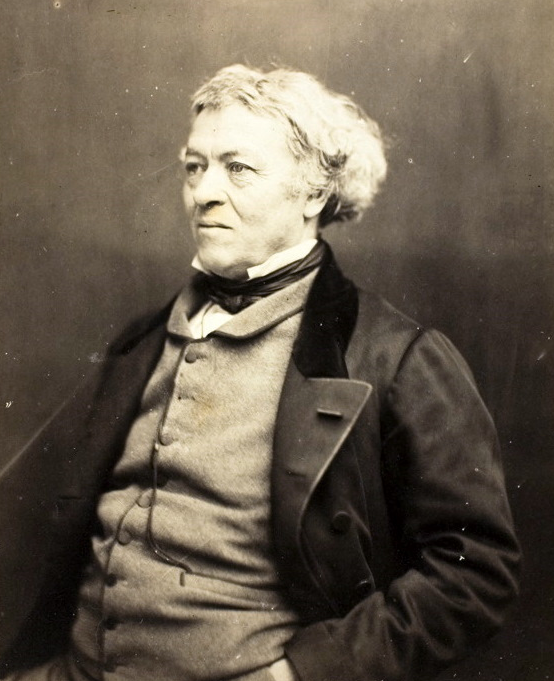Jean-Baptiste-Camille Corot (July 16, 1796 – February 22, 1875) was a French landscape and portrait painter as well as a printmaker in etching. He is a pivotal figure in landscape painting and his vast output simultaneously references the Neo-Classical tradition and anticipates the plein-air innovations of Impressionism.
Corot travelled in Italy from 1825 to 1828, which was a highly formative and productive period, during which he completed over 200 drawings and 150 paintings. He worked and traveled with several young French painters also studying abroad who painted together and socialized at night in the cafes, critiquing each other and gossiping. The intense sunshine of Italy taught Corot to master the light and to paint the stones and sky in subtle and dramatic variation.
Though often credited as a precursor of Impressionist practice, Corot approached his landscapes more traditionally than is usually believed. Compared to the Impressionists who came later, Corot's palette is restrained, dominated with browns and blacks, along with dark and silvery green.
Though appearing at times to be rapid and spontaneous, usually his strokes were controlled and careful, and his compositions well-thought out and generally rendered as simply and concisely as possible, heightening the poetic effect of the imagery. Although he was a major proponent of plein-air studies, he was essentially a studio painter and few of his finished landscapes were completed before the motif.

